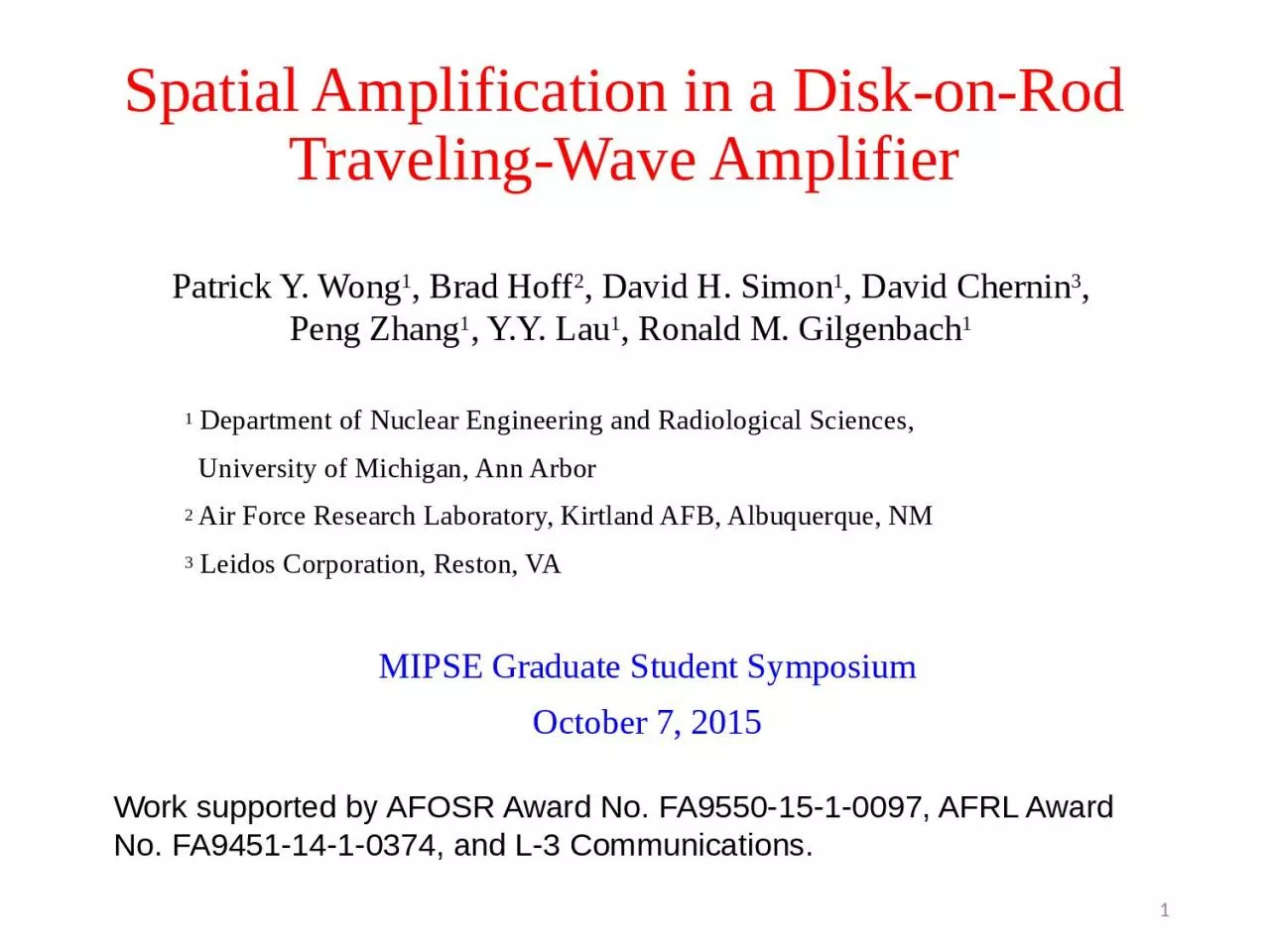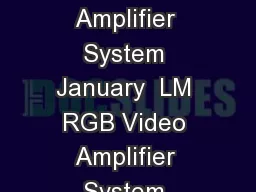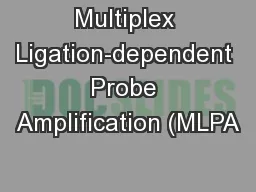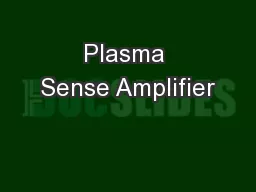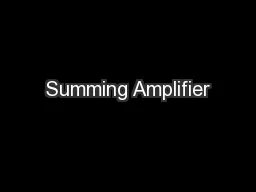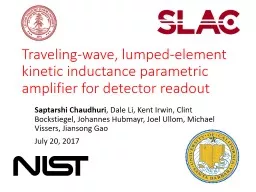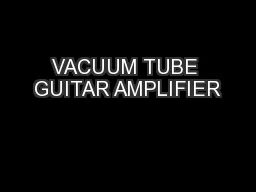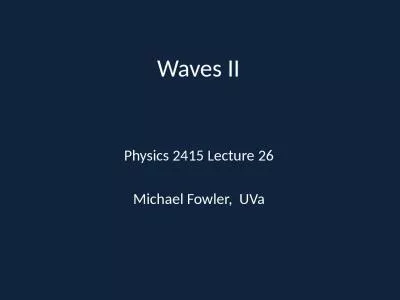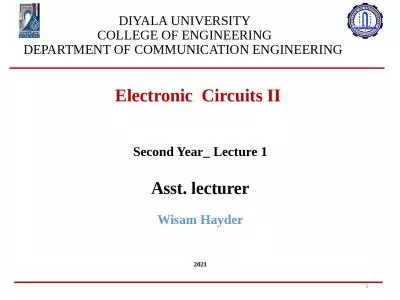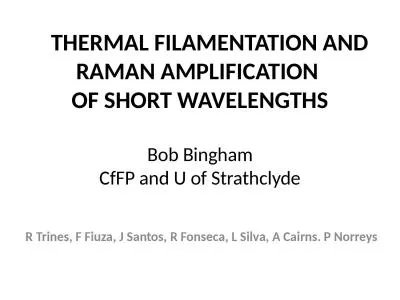PPT-Spatial Amplification in a Disk-on-Rod Traveling-Wave Amplifier
Author : sadie | Published Date : 2023-11-23
1 Department of Nuclear Engineering and Radiological Sciences University of Michigan Ann Arbor 2 Air Force Research Laboratory Kirtland AFB Albuquerque NM 3 Leidos
Presentation Embed Code
Download Presentation
Download Presentation The PPT/PDF document "Spatial Amplification in a Disk-on-Rod T..." is the property of its rightful owner. Permission is granted to download and print the materials on this website for personal, non-commercial use only, and to display it on your personal computer provided you do not modify the materials and that you retain all copyright notices contained in the materials. By downloading content from our website, you accept the terms of this agreement.
Spatial Amplification in a Disk-on-Rod Traveling-Wave Amplifier: Transcript
Download Rules Of Document
"Spatial Amplification in a Disk-on-Rod Traveling-Wave Amplifier"The content belongs to its owner. You may download and print it for personal use, without modification, and keep all copyright notices. By downloading, you agree to these terms.
Related Documents

